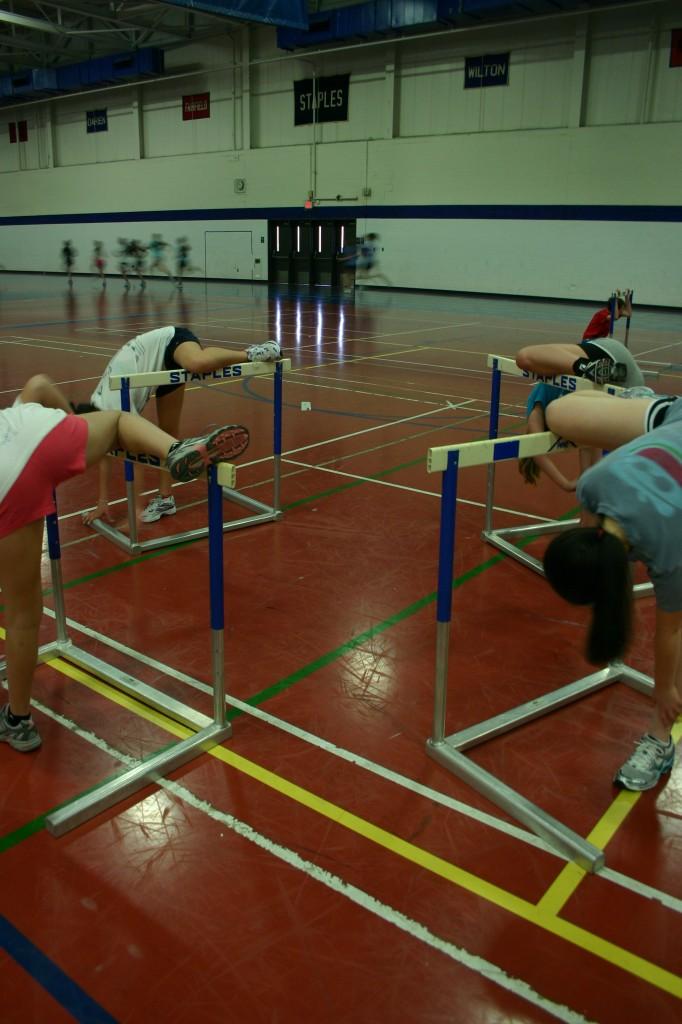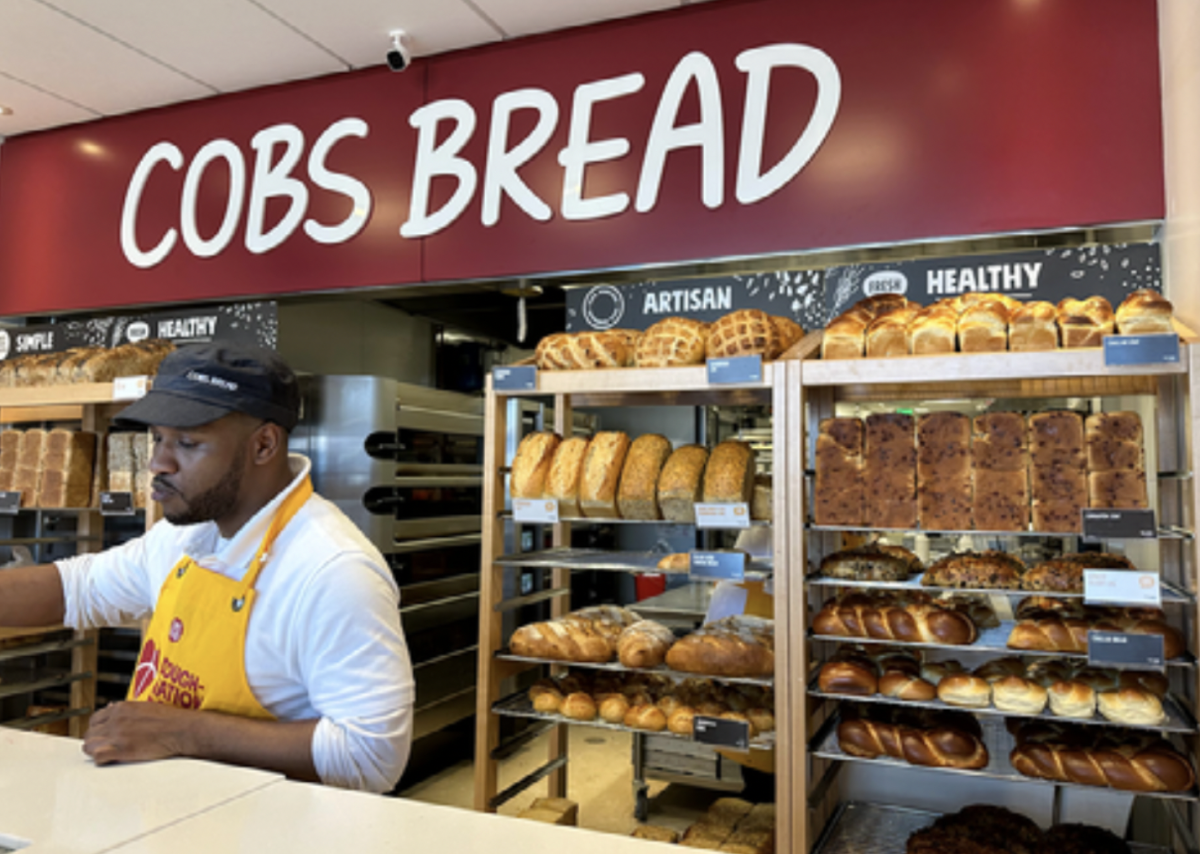
Set up on the royal blue track, four sets of ominous hurdles stand 50 meters in front of Eric Lubin ’11.
He takes his place at the starting block, while mentally and physically preparing himself for the obstacle course ahead that he knows too well.
All too quickly, the sound of the starting gun resonates and Eric is off, gaining speed as he approaches the stationary object. Only several inches lie between him and the hurdle. Eric has two options: to jump or to fall. He jumps.
Eric, along with his twin brother Todd Lubin ’11, are both participants in the hurdling event during indoor and outdoor track and field seasons. Eric started his freshman year on a whim “because it meant avoiding the tough workouts every Tuesday and Thursday, as those are the days of practicing hurdles.” But now he has grown to enjoy the sport.
“I quickly came to love hurdling, not just as a way to avoid workouts, but also by itself as a legitimate running event,” Eric said.
Eric’s dedication paid off in 2010 when he placed sixth in the FCIAC Indoor Track Championships in the 55-meter hurdles and eighth in the FCIAC Outdoor Track Championships in the 110-meter hurdles.
Todd became more involved in hurdling when he was a junior, even though he tried the event sometimes during his underclassmen years.
“I used to run long distance and I saw Eric doing really well with hurdling so I thought to myself, “‘I can do this,’” Todd said.
To some, the lines of hurdles ahead may seem daunting. To Todd, it’s just another track and field event.
“Competing in hurdling is just like competing in any other spring event. [Hurdling] is practically a spring race with some obstacles in the way,” Todd said.
However simple Todd perceives the event to be, hurdling is a track and field race that requires runners to have a precise technique in order to successfully complete the course.
“Many hurdlers are not the fastest runners, but they have great technique which allows them to succeed. A good hurdler never loses his momentum; hurdling is a rhythmic and sequential event,” Head Coach Laddie Lawrence said.
Liz Moyer ’11, a Staples hurdler since her freshman year, describes the complex act of hurdling.
“The first half of actually jumping the hurdle is getting your leg position right and the second is coordinating your arms when you’re in the air,” Moyer said.
Tyler Book ’11, a four-year hurdler, believes that in order to master this hurdling technique Moyer describes, one must be flexible.
“One of the most important things we do before we start practicing going over hurdles is we stretch the muscles in our legs,” Book, who placed thirteenth at the FCIAC Indoor Track Championships in the 55-meter hurdles, said.
Some exercises that hurdlers do to increase their flexibility are stretching on the hurdles and doing exercises that involve stepping over the hurdles.
“We also train by doing spring workouts—for speed is still the name of the game,” Todd said.
In addition to increasing flexibility and endurance the athletes weight train, with a major focus on their legs.
Moyer gives reason as to why hurdlers define their leg muscle. “You want to be able to move [your legs] as quickly as possible so you don’t lose too much air-time,” she said.
Overall, Moyer recognizes that the hurdling technique is made up of not only flexibility, but also rhythm and form. Aside from physical technique, runners must also be spatially and self aware while racing.
“Most events in track, once you start, you just keep going until you’re finished. Hurdles is one of those few events where constant in-race adjustments need to be made. So knowing why you’re doing what you’re doing is every bit as necessary as being able to do it,” Book said.
Lawrence concurs with Book but recognizes that sometimes it takes a while for runners to be able to successfully jump over the hurdle.
“The hardest part about hurdling is not being afraid of the hurdles, which many people are. We have rubber hurdles we train with which people are not as hesitant to jump over because they know it won’t hurt,” Lawrence said.
Not only do hurdlers have to perform with great precision, but at each meet there is more pressure on the runner because they each get only one trial per meet.
“During each meet you only get one try, so whatever you get during that first try sticks with you,” Eric said.
At each meet, hurdlers are placed in heats that are categorized by a runner’s past times.
“The fast people per school run together in one heat, then the next fastest in the next, and so on and so forth,” Moyer said.
It is only during the FCIAC and State tournaments when the runners hurdle in preliminary heats and then the top finishers qualify to succeeding rounds and therefore, race in more than one trial during the meet.
Overall, Book believes that “success in hurdling is based largely on the runner’s ability to master the technique of going over the hurdle as efficiently as possible.” In order to achieve this goal Book has been working to stay low and minimize his time in the air.
Moyer also has her own goals for the season, like attempting to get off the starting block faster. Moyer explains that if she succeeds at this her times will become faster.
Hurdling is a complex sport that requires self-determined athletes to run the course, but, “In the end, [it] is really just a sprinting race with a few barriers that require a unique striding technique,” Eric said.












































